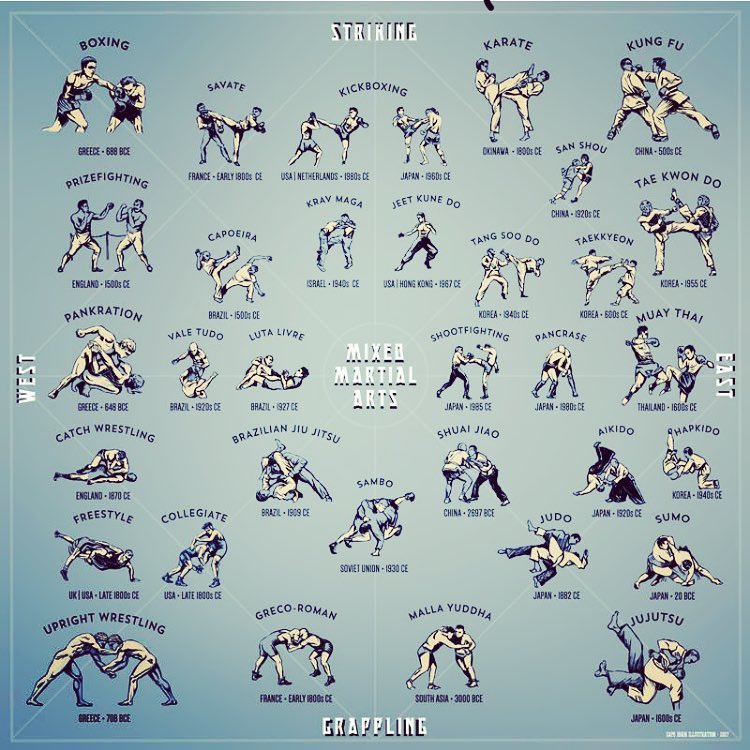A Relative Study Of Typical Martial Arts And Modern Fight Sports: Highlighting The Important Differences
A Relative Study Of Typical Martial Arts And Modern Fight Sports: Highlighting The Important Differences
Blog Article
Material By-Bright Hovgaard
When you think of martial arts, do you lean a lot more towards the standard techniques or the modern-day battle sports? Each path offers unique benefits and experiences, shaped by their philosophies and training approaches. what does martial arts teach you stress individual development and discipline, while modern fight sporting activities focus on competition and performance. Understanding these differences can lead you in choosing the appropriate method for your journey. But how do these distinctions materialize in training and viewpoint?
The Philosophy and History Behind Typical Martial arts
While many individuals connect martial arts with physical combat, the viewpoint and background behind standard martial arts run much deeper. You'll locate that these disciplines emphasize personal development, discipline, and regard.
Stemming from old methods, standard martial arts were frequently created for Self-Defense and spiritual growth. They embody concepts such as balance, harmony, and self-control, directing professionals beyond plain combating skills.
As you educate, you'll not only find out techniques yet also acquire understandings into the culture and values that formed these arts. The rituals and traditions, usually given through generations, foster a feeling of community and belonging.
The Affordable Nature of Modern Battle Sports
Modern fight sporting activities have changed the landscape of martial arts into a highly affordable arena, where athletes take on in an examination of ability, method, and endurance.
You'll notice that competitors are typically organized with rigorous guidelines and policies, ensuring fair play and safety. These occasions bring in large audiences, sustaining the exhilaration and intensity of matchups.
Professional athletes train carefully, not just for physical prowess however likewise for mental toughness, knowing that every information counts in the ring. martial arts for beginners during competitors is palpable, as boxers push their limitations to assert triumph.
Followers value the athleticism and creativity included, making modern-day fight sports a thrilling spectacle that remains to advance and mesmerize enthusiasts worldwide.
Training Approaches and Methods: A Relative Analysis
The affordable environment of contemporary fight sporting activities needs innovative training approaches that vary significantly from typical martial arts.
In modern training, you'll focus on certain techniques, sparring, and conditioning, typically using drills that mimic actual fight circumstances. you can try here 'll see an emphasis on measurable performance and regular competition to evaluate your skills.
On the other hand, traditional martial arts focus on kinds, katas, and philosophical mentors, usually emphasizing self-control and respect over competition.
Training is generally less intense and might entail repeated method rather than real-time sparring.
While both methods build skill and health and fitness, modern fight sporting activities offer a more dynamic and versatile training environment, preparing you for prompt difficulties in the ring or cage.
Pick the path that aligns with your goals and passions.
Verdict
In choosing between conventional martial arts and modern battle sporting activities, it really comes down to what you value the majority of. If you're looking for individual development, discipline, and a feeling of area, conventional arts may be your best fit. But if you prosper on competition and real-time obstacles, modern battle sports could be the way to go. Ultimately, both courses supply special advantages, so it's everything about straightening your training with your personal objectives and interests.
